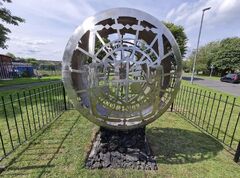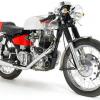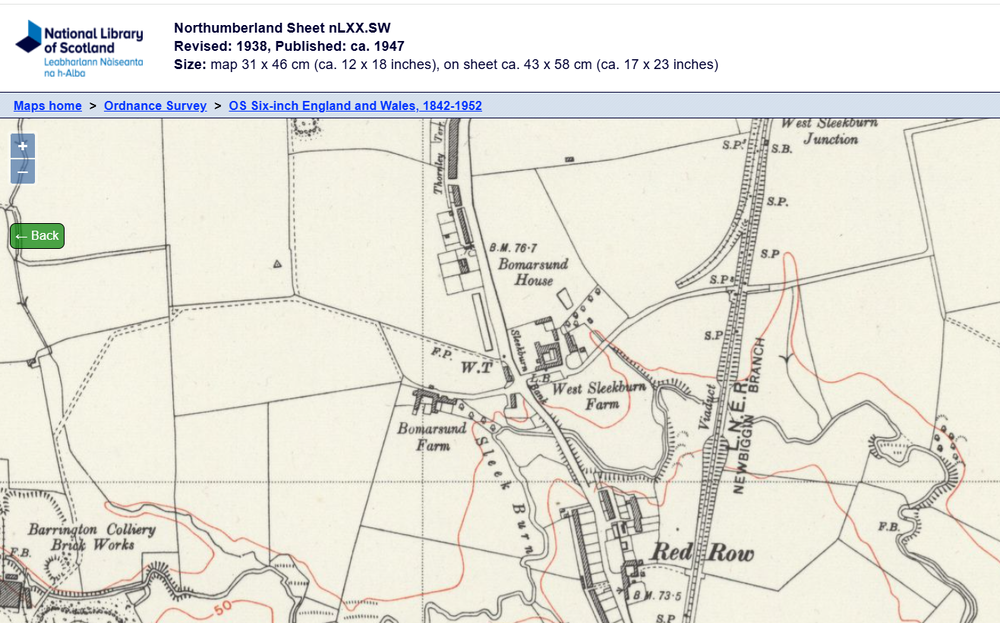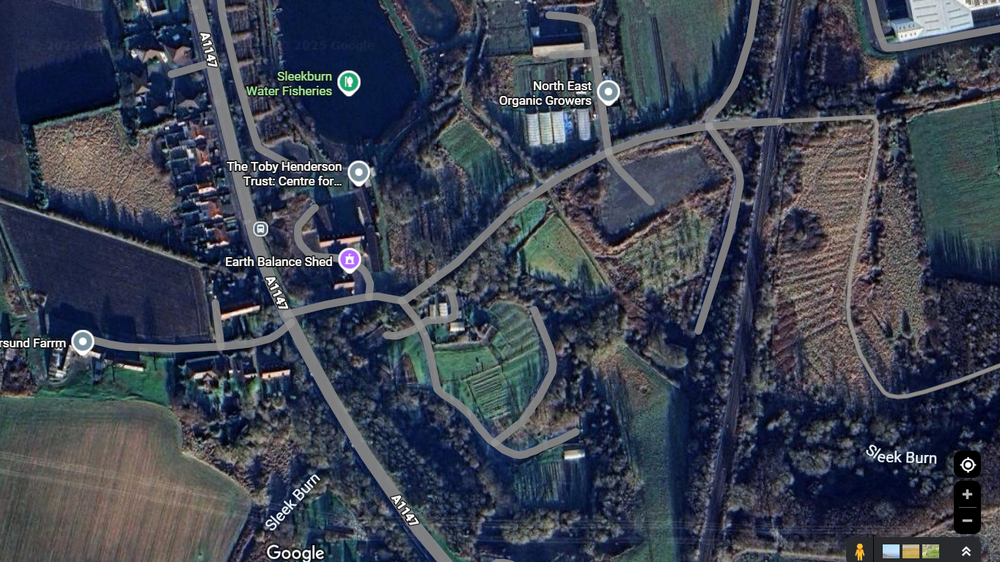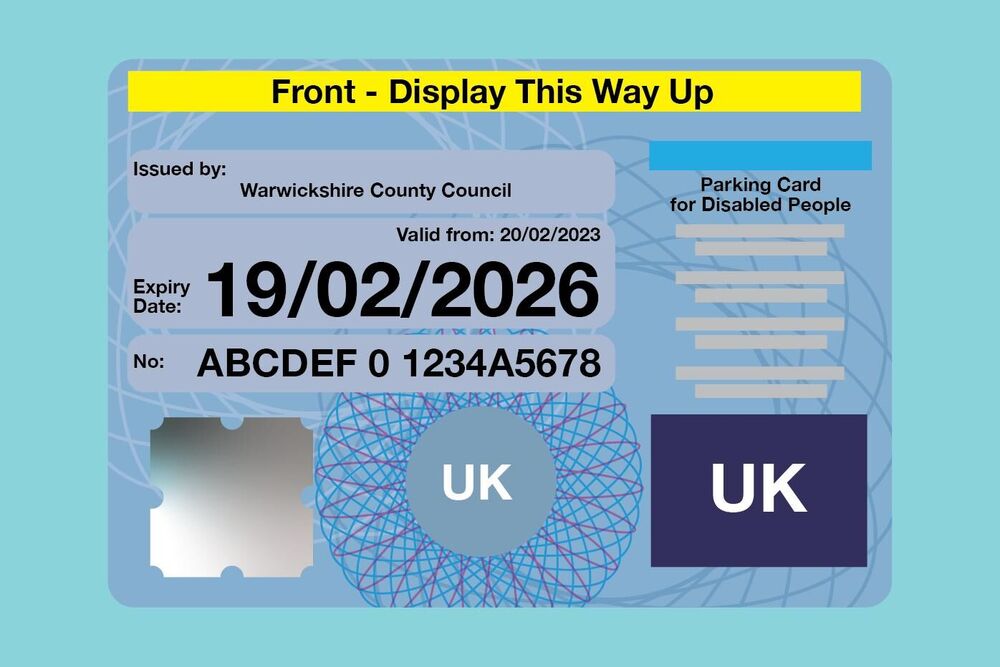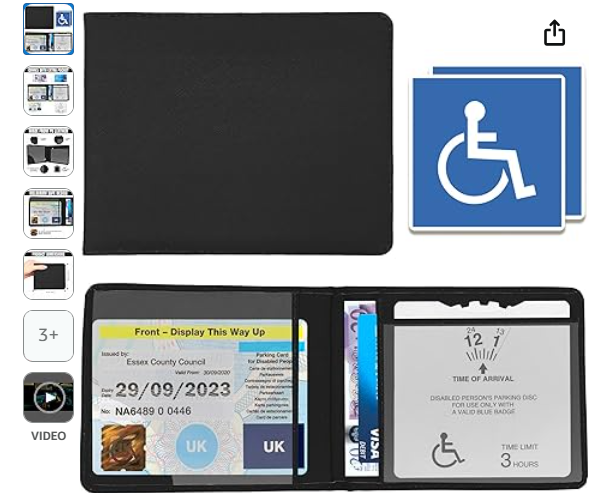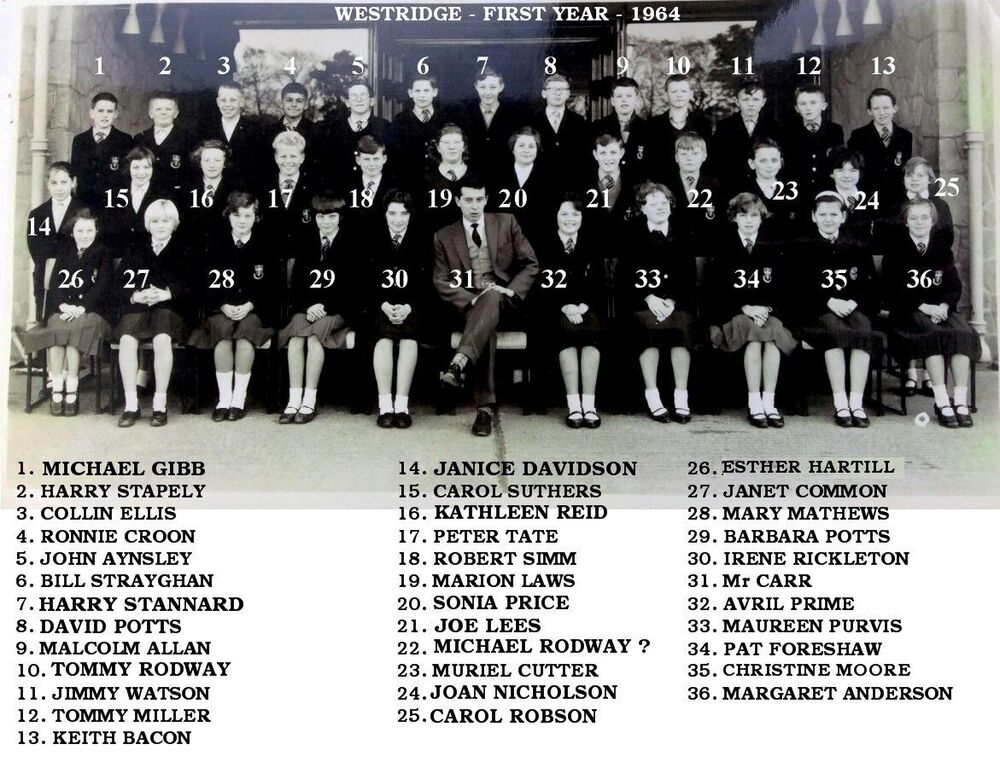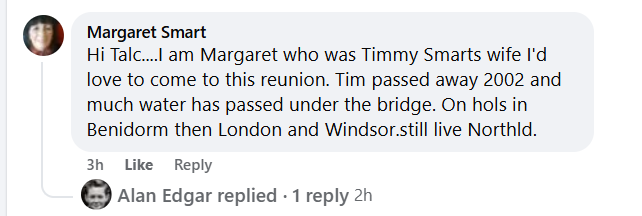On Bedlington.uk Now...
- Yesterday
-
The town's railway station has been delayed until 2026, fuelling long-standing feelings that the town suffers from a lack of investment and prioritisationView the full article
-
Hi Alan would like to thank you for your assistance in my efforts in trying to locate past classmates and friends in the Bedlington and Wansbeck area now have had a few good responses also I would like to extend a invitation to you to attend the get together at the Red Lion in Bedlington time 7 pm on Sunday 14th September 2025. Keep well. Thanks from Malcolm.
- Last week
-
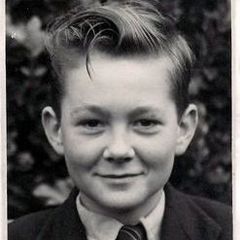
Image 1.jpg
Alan Edgar (Eggy1948) commented on Alan Edgar (Eggy1948)'s gallery image in Historic Bedlington
-
Hi Alan..on the old map it is called West Sleekburn Farm.[right side of the A1147 heading north] On Google Earth it is the site of the Toby Henderson Trust,The Earth Balance Shed,Redress,and the Sleekburn Horticultural Therapy unit for disabled people. The Shed is a community project to encourage anyone who feels they need a place to go for a cup of tea and a natter...or take part in crafting,whether it's woodworking..or whatever..My next door Neighbour ,Rob Ferguson,helps to run the project,and is a very likeable fella,who is a qualified woodworking teacher. Ken D..I am sure you would be made very welcome if you called in for a natter with the gang,you will probably get some more info from any of the old timers about the farm's history! Cheers and best of luck! Bill.
-
Hi Vic! Hope ye are keeping weel! Alan has answered your question very well!..thanks Alan! Also welcome to Pegwoman,and thanks a lot for your kind advice..you are right,I AM too tolerant!!..that's my nature..I always give companies a lot of time and space..thinking..I am not their only customer!!...but...when I start to fight..I am like a lion!! ....and NCC will find out if they mess me about!!heh heh!! Maybe I will try ringing them on Monday...my application will probably be "Lost"!!
-
Hi Margaret sorry to hear about Tim I always liked Tim he was a good man also I don't use the name Talc anymore it's Malcolm as I have lived now in Glastonbury for 35 years now so it's my home. Hope you had a great holiday trying to arrange Sunday 14th September at the Red Lion in Bedlington 7pm be great if you make it. Keep well spread the Love. OM SHANTI. Malcolm.
-
Hi Kevin Leonard yes my nickname was Talc a long time ago I don't go by that name anymore sort of grew out of it now as a mature male use Malcolm, sorry to here about Davey Job me and him were best mates many years ago, I came back and lived in Bedlington for a short period of time in the 1980s and I bumped into Davey's father Ken always a nice man and he told me if Dave did not give up the drink he would die with a fatty liver if he did not give up drinking a shame we had some good times in the old days. I do not drink as I got into doing Yoga and meditation and a vegan wholefood diet which has kept me in fairly good health at he age of 73. Keep well Peace, Love and Brown Rice. Malcolm.
-
Hi Bill Straughan I remember you we used to play on your farm you had a brother it would be great if you can make it Bill on Sunday 14th September 2025 at the Red Lion at 7pm as going to Morpeth then visit Bedlington on that Sunday as I will be with my friend Diane from Ipswich, Pat Byrne now Trish Cook says she would come along with Janet Common, Mary Mathews or anybody else who wants to join this band of Merry Pranksters? Keep well Bill hope to see you in September.
-
-
Hi thanks to Alan and Pat Byrne I remember you lived next to the Daleys in Link Avenue you had brothers apologies forgot their names Pat sorry to hear about Carol Suthers congratulations on your long term marriage to Lauren e Cook it would be great if we could meet up with Janet, Mary and others if at all possible, I will be with my friend Diane from Ipswich as we are staying in Jesmond and will be going to visit Morpeth then onto Bedlington on Sunday 14th of September 2025. Maybe we could meet up at the Red Lion at 7pm on that Sunday night if that is okay with you. Keep well and thanks for your reply. Malcolm.
-
@Vic PattersonBlue Badges are for disabled drivers to use when parking in the disabled car parking spaces and on yellow lines on main roads. Has to be renewed every 3 years
-
I really think that you must get in touch with NCC , by telephone , the blue badge department , they are usually extremely helpful when you have an issue with a blue badge not being issued. I believe they see all the applications which are made. YOU nave been too patient in waiting for a much needed item. Good luck.
-
Hi HPW, It's been a while! What is a Blue card? I'd guess it's a seniors card for health or access benefits, (earned with 50+ years of toil) it's the same here, all governments departments either give you a telephone operator that can't speak English or keep passing you onto another department, all designed to make you give up trying! AND have gone paperless which doesn't help those seniors without telephones or computers... press 0 if you get this message..or 9 if you didn't.
-
AAM SAYIN' NOWT!!..[except they should slash every dinghy on the french srores!]
-
Hi Ken,and welcome to the forum! Elliot's Farm was,in the fruiting season,the scene of many a generation of excited kids going to raid the Apples and Plums..especially in the late 40's/early to mid 50's post war austerity years..but even as late as into the late 70's,when my own Son's generation ,the local kids in the street..it was their place of adventure! The farm was demolished some years ago when the EARTH BALANCE PROJECT was established on the site of the farm,some of the old original stone walling still stands as an unrecognised "memorial"! The site has now altered once more with "THE SHED" ,and "THE TOBY HENDERSON TRUST",and other small projects quite well established,and is on the A1147 road at Bomarsund opposite a row of bungalows called Prospect Cottages. Do you have any old photo's of the farm..it would be great to see if you have!! Cheers Bill.
-
Hi all,I re-applied for a renewal of my Blue Badge using Gov.com official website and template in January of this year.[2025]..After completing and submitting the application,I was asked [as usual!] for feedback!! "How did you find our Service?"[or similar]...Well,after filling about 50 pages of information which they already had a lot of,and seeing as I am 81 yrs old in a couple of weeks time..,Partially sighted and registered,with a load of other age related problems including very poor mobility..I gave them feedback!!.I sent a firm but polite statement saying that I found the Application form absoloutely deplorable..and said that I felt as if I was being treated like a foreigner..[no race hate intended obviously..just an old fashioned geordie way of expressing angry feelings towards the establishment]...[although now..foreigners are treated better than us!!] Anyway!!..my point is,I am now thinking my honest outspoken opinion has gone against me...7 months is a long time to assess an application,when I read the forums and on average folks have received their new badge within 5 weeks!! Has anybody else had bother like this when renewing their Blue Badge? Cheers! Bill.
-
Not politically motivated at all Threegee,but I think I can safely say I agree with your comments !! This lot have got my blood boiling!!
-
Hi Malcolm,and Alan,Canny Lass,and Loupy Lou..I started Westridge School the day it opened before it was even completely finished being built!![in 1956 but we have gone through that controversy about dates..!!]..so by 1968 I was a fully fledged adult Coalcutterman and Powerloading Shearer driver down Bedlington A Pit..with a Wife and baby Son!!..so sorry I cannot help you with names of your classmates..just responding to a notification I got from Alan.Welcome to the forum Malcolm,hope you have a successful reunion! Cheers..Bill.




